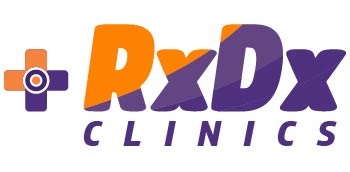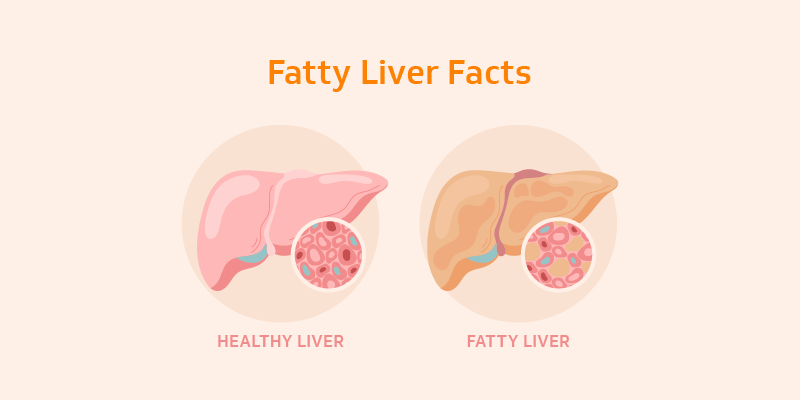The human liver is essential to the state of living. The chemical compounds like enzymes, proteins, and bilirubin are produced by this complex organ which enable our body to fight infections, regulate blood sugar levels, remove toxic substances from the body, control cholesterol levels… Liver plays an essential role in blood clotting by releasing coagulation factors. Liver also releases bile which is crucial in digestion and fat breakdown.
Liver Diseases
Various factors may be responsible for Liver damages. Examples are viral infections (hepatitis A, B, and C), immune system disorders (autoimmune hepatitis, primary biliary cholangitis, Primary sclerosing cholangitis), tumours, cancers, inherited conditions (Hemochromatosis, Hyperoxaluria, Wilson’s disease, Alpha-1 antitrypsin deficiency).
Liver diseases can be Alcohol or Drug induced.
Fatty Liver Disease
The clinical name of fatty liver disease is hepatic steatosis. While alcohol is one of the largest contributors to this condition, non-alcoholics or teetotallers may also get a type of fatty liver disease called Non-alcoholic Fatty Liver Disease (NAFLD).
Non-alcoholic Fatty Liver Disease (NAFLD)
Fatty liver or a liver with fat build-up isn’t necessarily critical. Most of the time there are no symptoms or discomfort. However, a patient may suffer from a more serious version of the disease called Non-alcoholic Steatohepatitis (NASH).
Non-alcoholic Steatohepatitis (NASH)
In NASH patients, the liver undergoes considerable inflammation and damage due to the fat build-up. NASH may worsen into liver scarring which may lead to cirrhosis. The symptoms at that point may be similar to alcohol induced liver damage.
Symptoms of NASH
Patients report tiredness to the point of weakness and fatigue, loss of weight without a noticeable reason, and often, a bellyache in the upper right side.
Risk Factors
Who can get NASH?
Most well-known risks are obesity, insulin resistance, type 2 diabetes, high cholesterol, high triglycerides, hypertension, or any conditions related to metabolic syndrome.
Metabolic syndrome is a cluster of conditions that increase a person’s risk of developing serious health problem in the long run. Abdominal or central obesity or large waistline, high blood pressure, high blood sugar levels, high triglyceride levels, low HDL are often associated with metabolic syndrome. More often than not, Insulin resistance is associated with Syndrome X.
If you have any or a combination of these conditions, consult with your physician.
Diagnosing Fatty liver
A diagnosis of fatty liver involves taking a detailed medical history, blood tests, and imaging studies like an abdominal CT scan, Fibroscan.
Treatment
Primary mode of therapy is lifestyle modification. Reducing the levels of cholesterol, BP, blood sugar, and body weight to optimum levels, cutting down on alcohol, regular exercise are strong recommendations from experts. However, some may need medications to control or reverse liver damage caused by NASH.
NASH screening health check package at RxDx is tailored to help you find out if you or your loved one has a risk of developing fatty liver issues.


